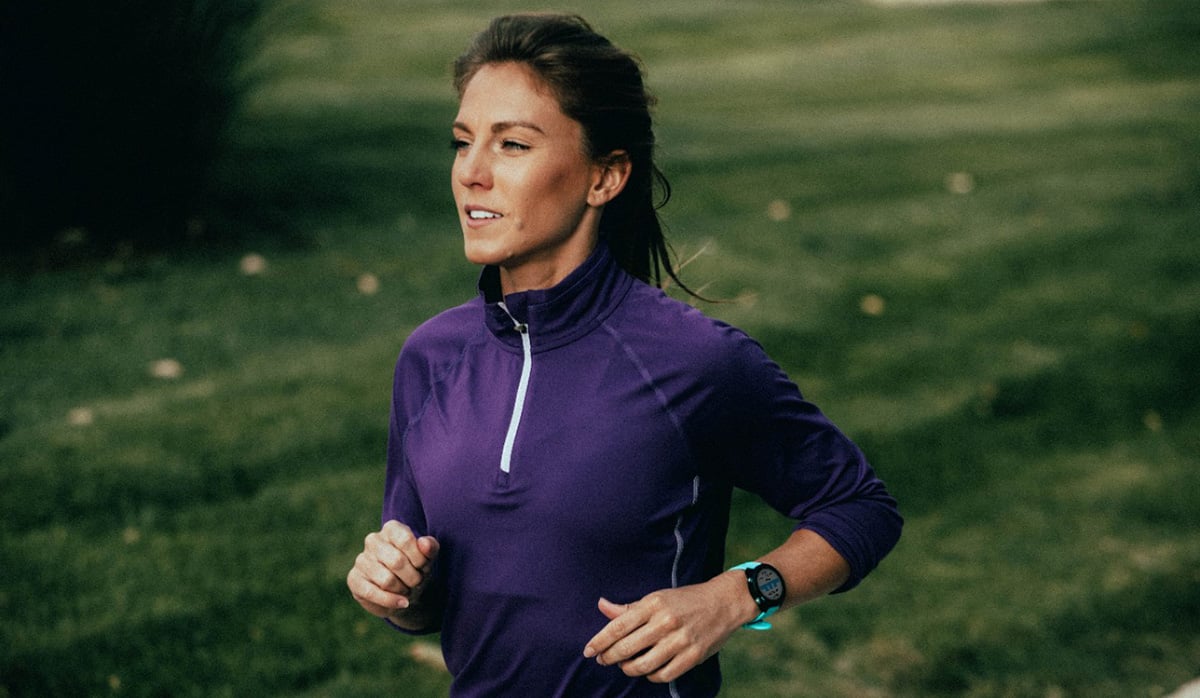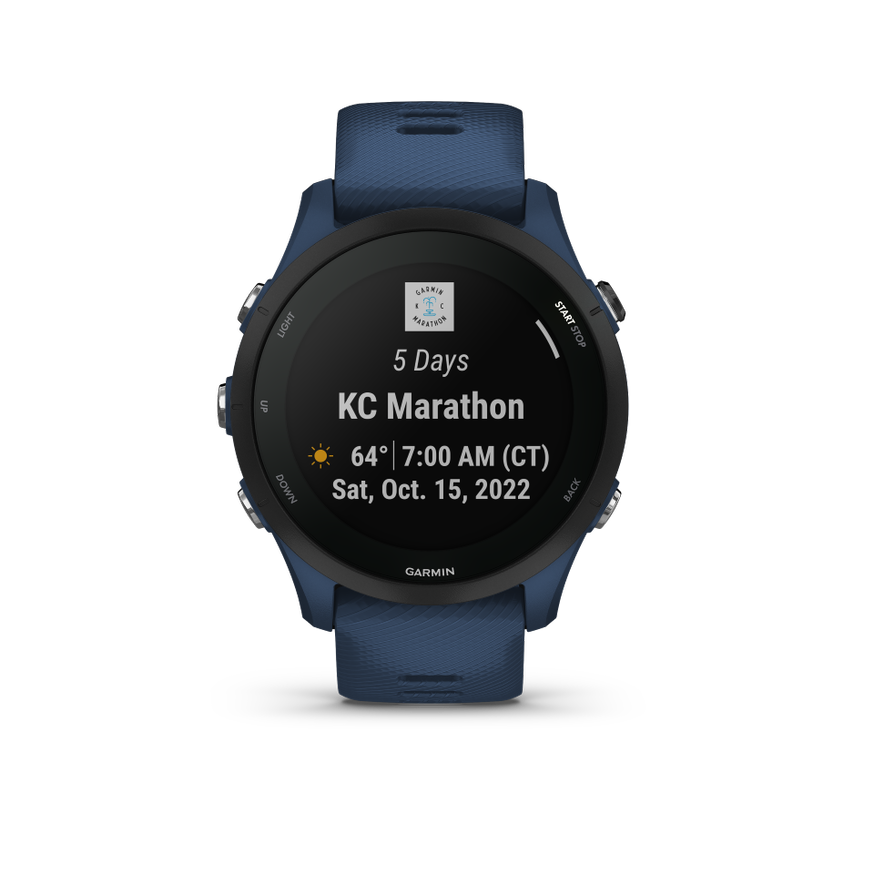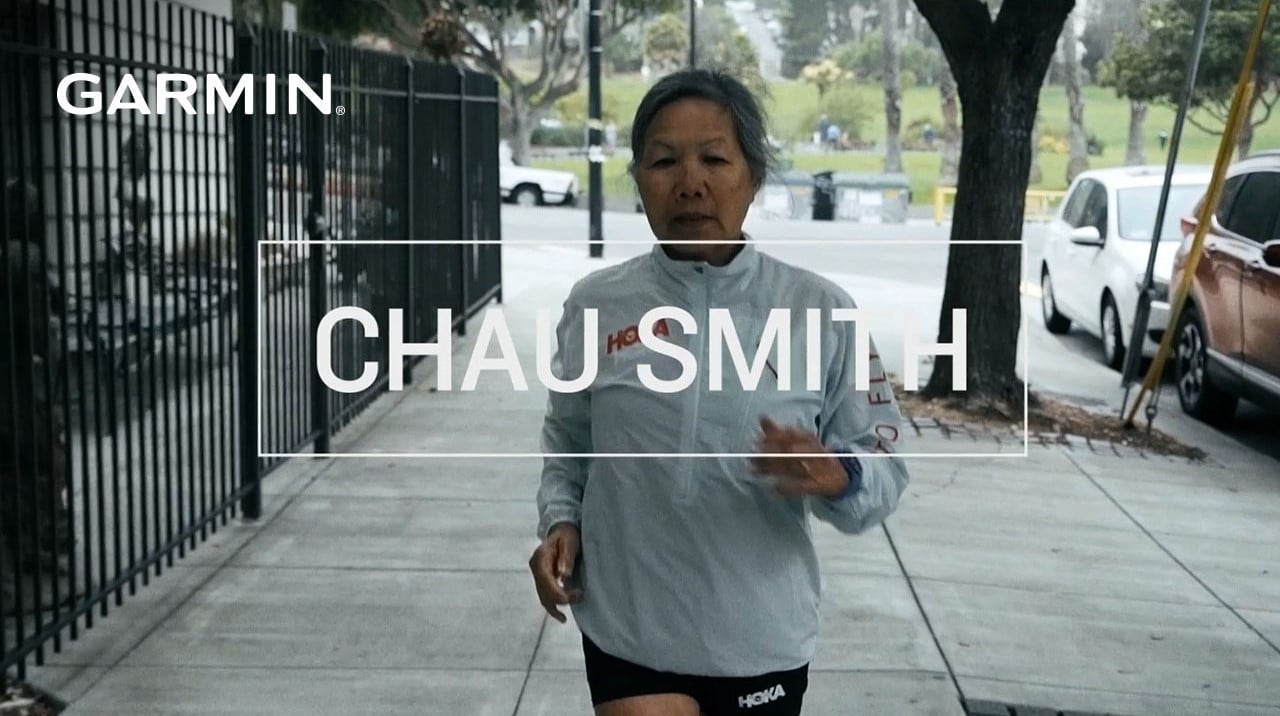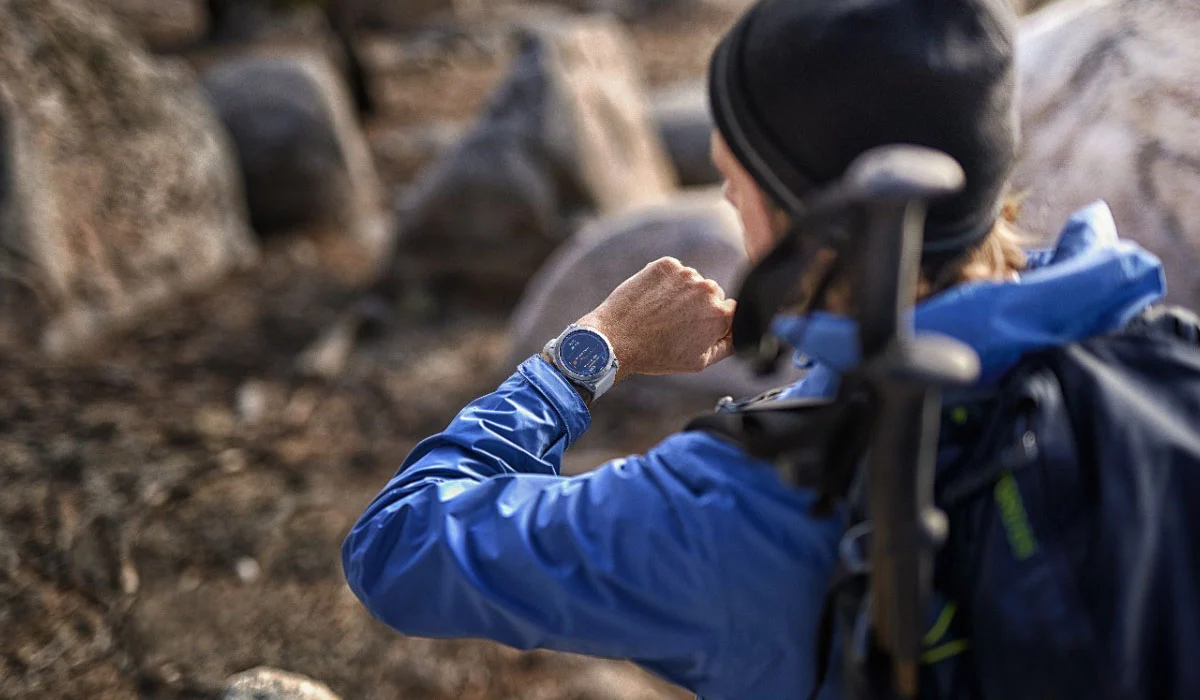
How to Train for Your Next Race with the Garmin Race Widget
So you’ve signed up for your next race. Now what? Whether you’re searching for a marathon or half marathon training plan or looking at transitioning from your comfy spot on the couch to a 5K, everybody needs a little guidance sometimes. Everybody does not, however, always have access to personalized training plans — until now. With the Garmin race widget on your compatible smartwatch, learning exactly how to train for your next race (whatever, whenever and wherever it may be) is now as simple as the click of a button.
How to Use the Garmin Race Widget
It’s easier than ever to get a personalized training plan that’s tailored to your body’s own individual physiological characteristics. Just follow these simple steps:
1. Add your event in the Garmin race widget.
Using either the Garmin Connect™ mobile app or desktop version, you can find your respective race event or create your own. To find an event that has already been created, select “Calendar” and click the date of your event. Choose which type of event you’re planning to participate in, and Garmin Connect will search for races near you on that date. Select the race you’re planning to run and add it to your calendar.
If you don’t see your race, add your own into your calendar and then create a course to accompany it. It’s important that your event has an attached course so your race prediction can incorporate information like terrain, direction, windspeed and more into your race time prediction. To learn more about how to create a course in Garmin Connect, click here.
2. Add in any specific goals you may have for your race.
Have a specific time you’ve been struggling to hit? You can add this into the event details for your race. Once it’s added, you’ll be able to see how far away you are from your goal and how you are progressing toward it.
3. Sync your smartwatch to receive your training plan.
Once your smartwatch syncs with Garmin Connect (it should only take a few seconds), the race widget will automatically populate on your smartwatch, and it’ll be time to get to work. Your smartwatch will tell you how far in the future your race is, average weather on that day based on the location and time of day, and a race prediction chart that pulls in your past data to give you a predicted finish time. This prediction will pull in current metrics as you begin to train and adjust accordingly.
4. Start training.
As soon as your event is loaded into Garmin Connect, you’re ready to officially begin your training plan. The Garmin race widget will continue to give you a race countdown, updated predicted finish time and weather forecast information as the day approaches. Meanwhile, your daily workout suggestions — tailored specifically to you using data from Firstbeat Analytics — and training load targets will continue to adjust to prepare you for the big day. Whenever your plan enters a new phase, you’ll be shown a plan overview when you enter the daily suggested workouts. It explains why the phases are broken down the way they are. You can always check that plan overview or look ahead at the workout suggestions for the upcoming week. Training phases include base phase, build phase, peak phase, taper phase and race phase to show you where you are in your training and what you should be focusing on to be in top performance shape on race day. And remember, the more you wear your smartwatch, the more accurate it will be. Be sure to wear it as often as possible, especially while you sleep, so that it can monitor your body’s stats around the clock for the most accurate data to incorporate in your training. You can set an alarm directly from your smartwatch and wake up to view your morning report, which presents you with your most up-to-date body analytics as well as your suggested daily workouts for the day.
How Does Your Garmin Smartwatch Come Up with Your Race Training Plan?
The training plan provided by the Garmin race widget — as well as the race prediction that comes along with it — is tailored specifically to your body based on the metrics your smartwatch tracks. It will factor in your VO2 max estimate as well as your training history, including total training load, running miles, and number and distance of long runs, to give you enhanced performance insights. The more you train (and the more you wear your smartwatch), the more accurate your training plan and race prediction time will be.
Ready to put your new training plan to the test? Snag a race widget-compatible Garmin running smartwatch to help you beat yesterday.





